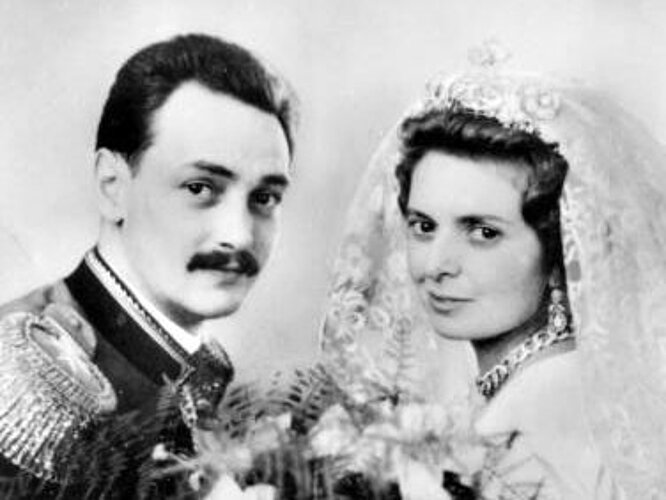History of the Schönburg-Glauchau Family
Legend has it that it was a ‘Schonburg’ who rescued Emperor Charlemagne in the battle against the Saxon Duke Wittekind in the early days of the 9th century. The Emperor awarded him the ‘coat of arms with three diagonal divisions in red and silver’ as a token of gratitude.
The Proven Lineage
The proven lineage of the Saxon-Thuringian Schönburg family begins with Hermannus de Sconeburg. The lords of Schönburg commanded autonomous territory, to which Glauchau was added around 1180 and Lichtenstein in 1200. This was then followed by the dominions of Waldenburg, Hartenstein, Wechselburg, Penig and Rochsburg.
In 1700, Emperor Leopold I elevated the entire House of Schönburg to the rank of Counts of the Holy Roman Empire to reflect their political importance. Emperor Leopold II raised Count Otto Karl Friedrich von Schönburg to the rank of Prince in 1790. After the end of the Old Empire, the Counts of Schönburg were among the mediatised princes, the former sovereign families who enjoyed the same status as the ruling families.

Joachim, Count of Schönburg-Glauchau
He was born in Glauchau in 1929, the old estate of the Schönburgs. The family moved to West Germany due to the war, where Count Schönburg worked as a journalist and author. In 1965, he received an offer from the Foreign Office to establish a broadcasting system in Somalia. Count Schönburg lived and worked in Africa for five years before the family returned to Germany.

He moved back to Saxony, to his family’s home, after German reunification. In 1990, he moved into a rented apartment at the old Rochsburg Castle, the ancestral seat of the Counts of Schönburg, from where he had fled in 1945. A highly dedicated member of the Bundestag serving the constituency of Glauchau for the CDU from 1990 to 1994, he showed a deep affiliation to his home region by attempting to solve the problems of Germany’s decades-long division. The period in which aristocrats had resided at Rochsburg Castle came to an end with the passing of Count Schönburg in 1998.

History of the Széchényi de Sárvár-Felsövidek Family
Countess Beatrix Széchényi de Sárvár-Felsövidek
The Széchenyi family is an old Hungarian noble family whose ancestral seat is in the village of Nagycenk (Großzinkendorf) near Sopron in western Hungary.
Members of the family played a significant and successful role in the cultural, technical and economic rise of the Hungarian nation during the 19th century. Numerous streets, bridges and institutions still bear the names of important family members, especially the most famous scion, Count István Széchenyi.

Count István Széchenyi
Count István Széchenyi (1791-1860) experienced the wars of liberation against Napoleon as a soldier, which changed his life. He devoted himself entirely to building his country from 1814, using the forms initiated in modern England as his role model. Soon he became one of the principal leaders of the liberal movement in Hungary. He dedicated his political work to criticising the feudal system, promoting the economy and expanding the transport network. To this day he is called the ‘Greatest Hungarian’.
